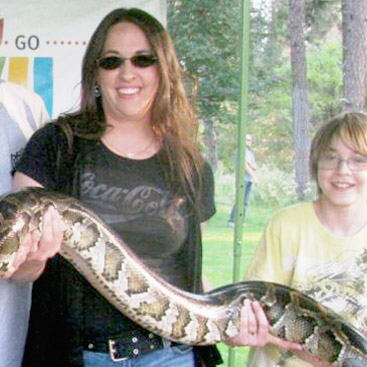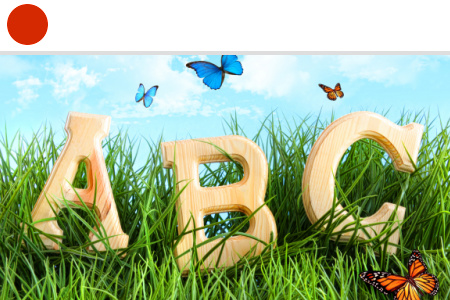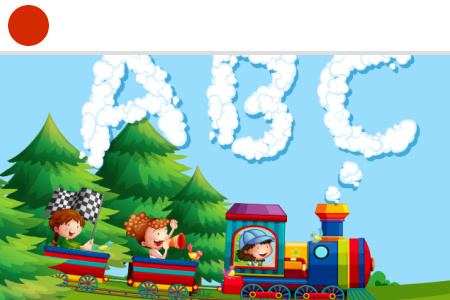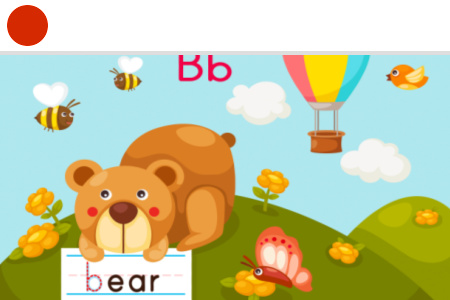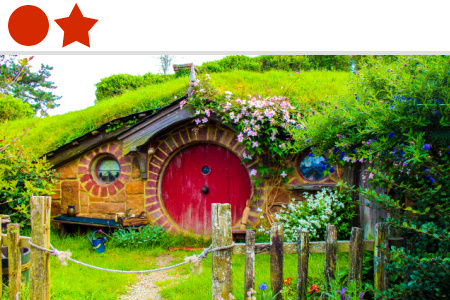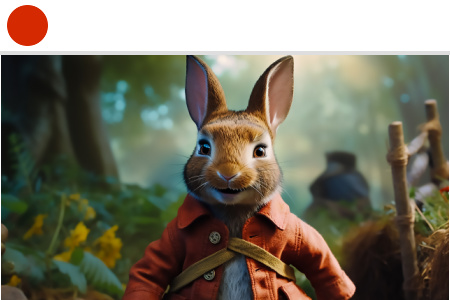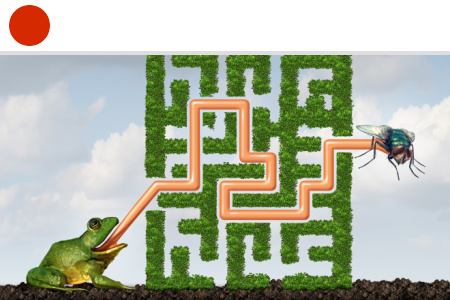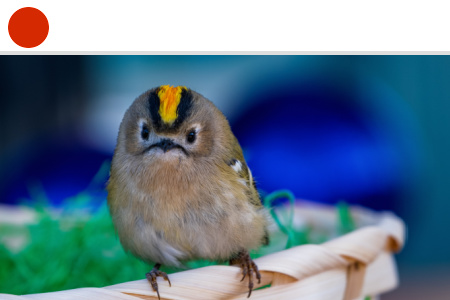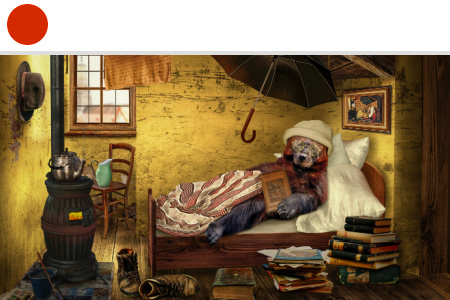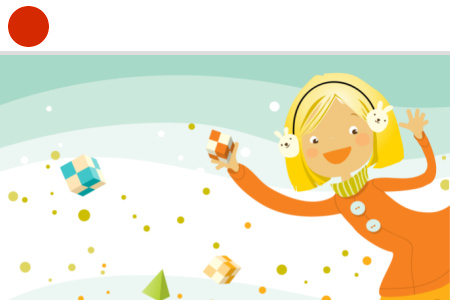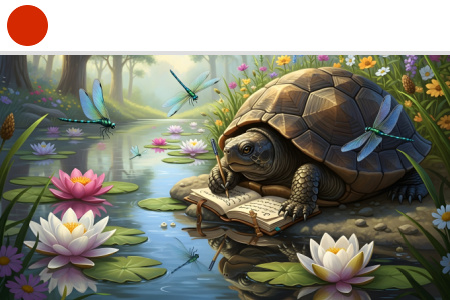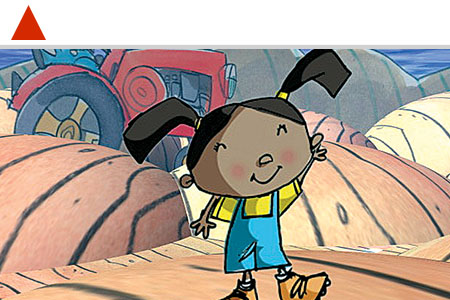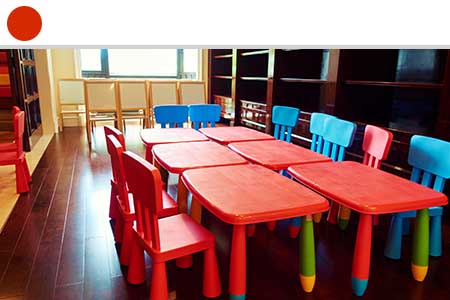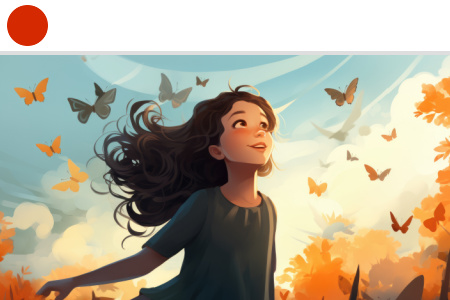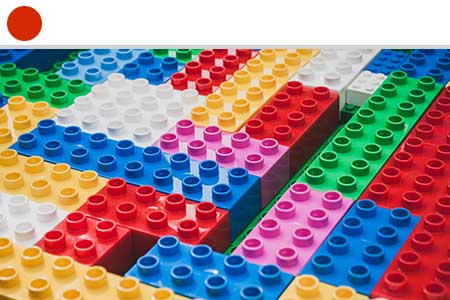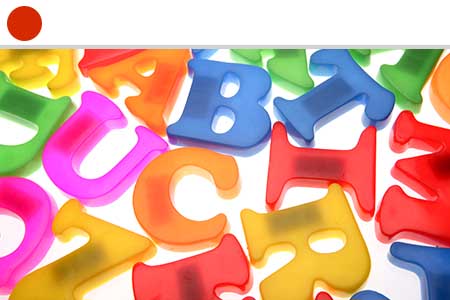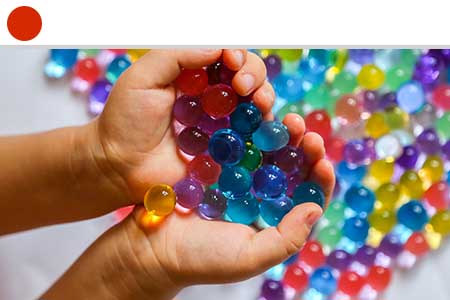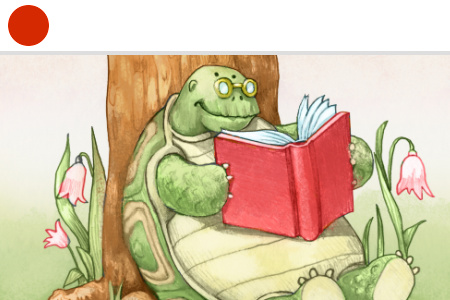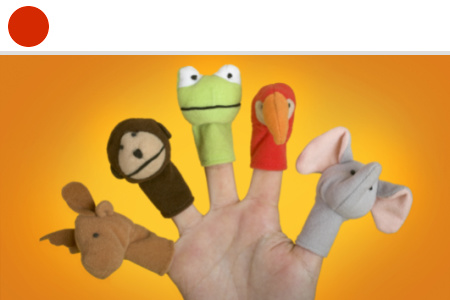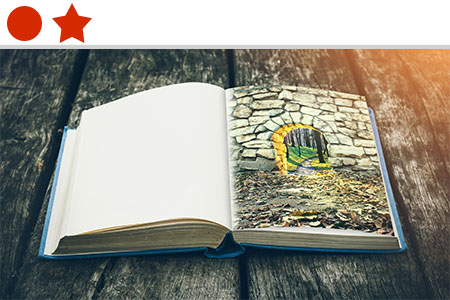Course Sample for Our Ditch the Desk Homeschool Language Arts Course
To view a full sample of this course, click here.
Ditch the Desk
Backyard Critters: Slugs, Snails, and Worms
Introduction
My friends suggested this unit. The idea is to learn about the creatures that may be living in your own backyard. However, depending on where you live, you may or may not have all these critters in your backyard. If you live in an urban environment and can’t find enough living creatures to study, try to look in nearby places where some might be hiding, like parks, riverbanks, or nearby nature preserves.
This unit is very science heavy, but I will try to include options for some other subjects as well. Keep in mind that any hands-on science activity can be turned into a writing opportunity by having your children record their observations in a science journal.
For extra visuals and fun ideas, check out my Pinterest page for this unit at: https://www.pinterest.com/davidholden3158/backyard-critters-for-ditch-the-desk-part-one/.
Estimated Time Needed
- Times will vary depending on the activities you choose
Materials Needed
- Materials will vary depending on the activities you choose
Preparation
Read through the lesson and decide which activities you want to do. There are a lot of ideas in here. You can do them all or pick the ones that work best for you and your children. Once you decide what you are going to do, gather the materials you will need, plan what days you will complete each activity, and estimate how much time you will need.
Worms
Science – Explore Worms
The awesome thing about worms is that almost everyone can find some. Most children will already be familiar with worms but may not have taken the time to really examine them.
We are vegan pacifists in our house, so I am not going to suggest that you dissect anything. But take some time to really watch some worms. Seeing how they move and discovering all the parts of a worm is a great science activity for young kids.
There are a lot more parts of a worm than most people realize. Worms look very simple with no body segments, no arms, legs, or discernible faces. However, worms are rather complex.
Learn more about worms with this website: https://web.extension.illinois.edu/worms/. It is an incredibly cool and well put-together site with more information about worms than I knew.
There is information about worm anatomy (written to engage kids), and it even tells you how to make a worm bin and why you might want to do such a thing.
If your children are too advanced for the information in the previous link, then they may be interested in the following site, which gives an overview of how worms are made, as well as information on digestion, respiratory and circulatory systems, and reproduction: http://www.sas.upenn.edu/~rlenet/Earthworms.html.
Science – Worm Habitat
Make your own worm habitat. Use a clean two-liter bottle, a small plastic animal tank, a glass goldfish bowl, or any similar container to make your own worm observatory. Layer dirt and sand in the container. Moisten the dirt and sand, add worms, and place vegetation such as grass, leaves, or lettuce on top. You should be able to watch the worms making tunnels in the dirt and see firsthand what worms do for our soil and how they aid decomposition.
Writing and Art – Worm Picture
After your children have had a chance to observe some worms and learn about how worms live and what they do, give each child a large piece of paper and some construction paper to create a picture of a worm habitat. Make sure they include plants for the worms to eat, dirt for the worms to tunnel in, and whatever else the worms may need.
Then have your children label each component of their picture, according to their ability. For some, this may be one word, and for others, it may involve several sentences explaining how each component is vital to an earthworm’s health. Have them write their labels on lined index cards and glue them to the picture.
Science Experiment
Create a science experiment to answer the question of which type of soil earthworms prefer. Your children could create their own experiment if they are up for that. If you need a little help figuring out how to put an experiment together, this site provides more information: https://www.scientificamerican.com/article/bring-science-home-squirmy-science/.
SchoolhouseTeachers.com note: Parents should closely monitor children’s use of any Internet sites for suggested viewing, along with articles and videos cited in any lessons. While every effort is made to secure information from sites that are family friendly, information on the Internet changes quickly, and our desire is to help you minimize your students’ exposure to potentially offensive content. We also recommend viewing any videos on a full screen setting in order to minimize any exposure to potentially offensive ads or inappropriate comments beside or beneath the video.



